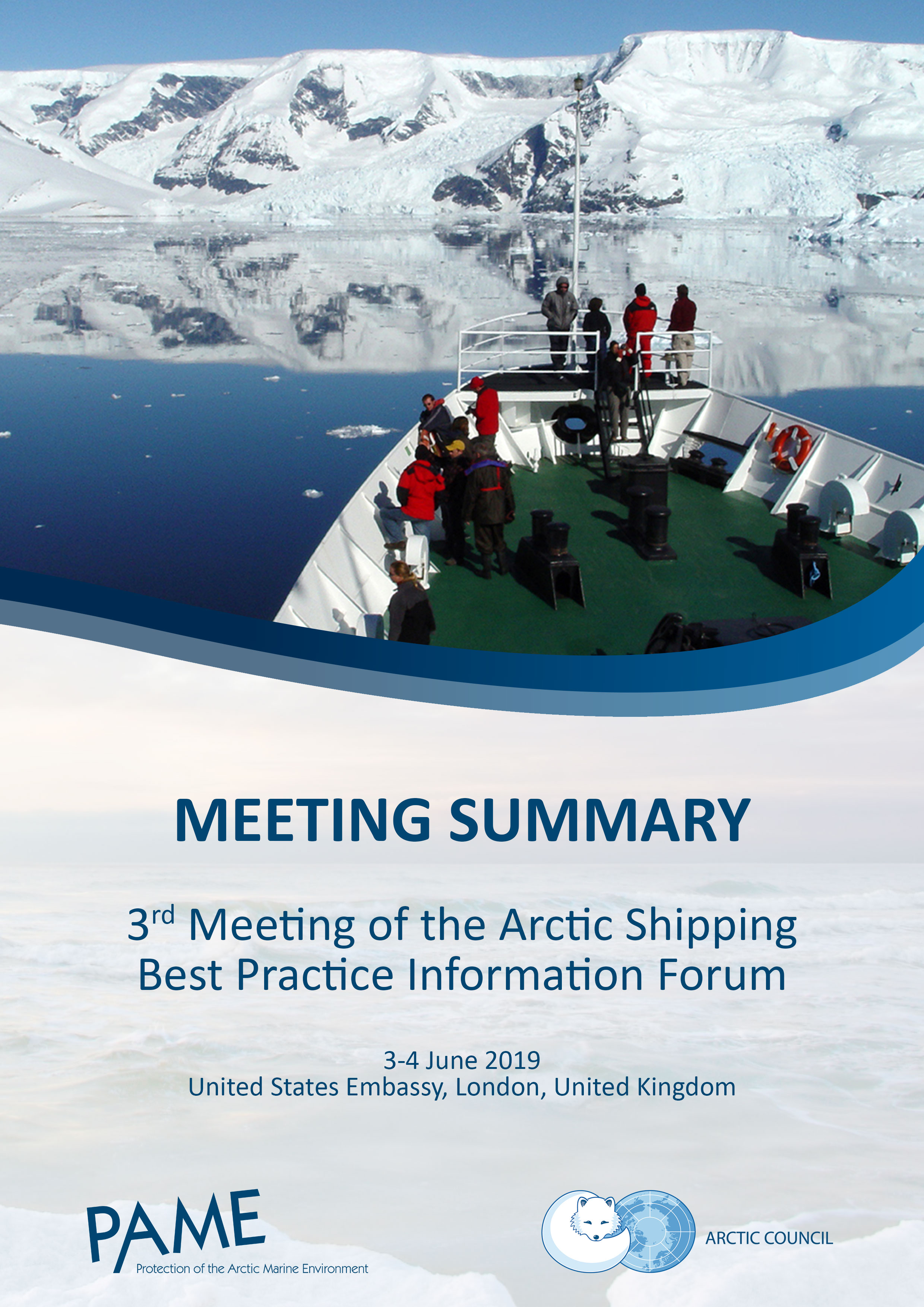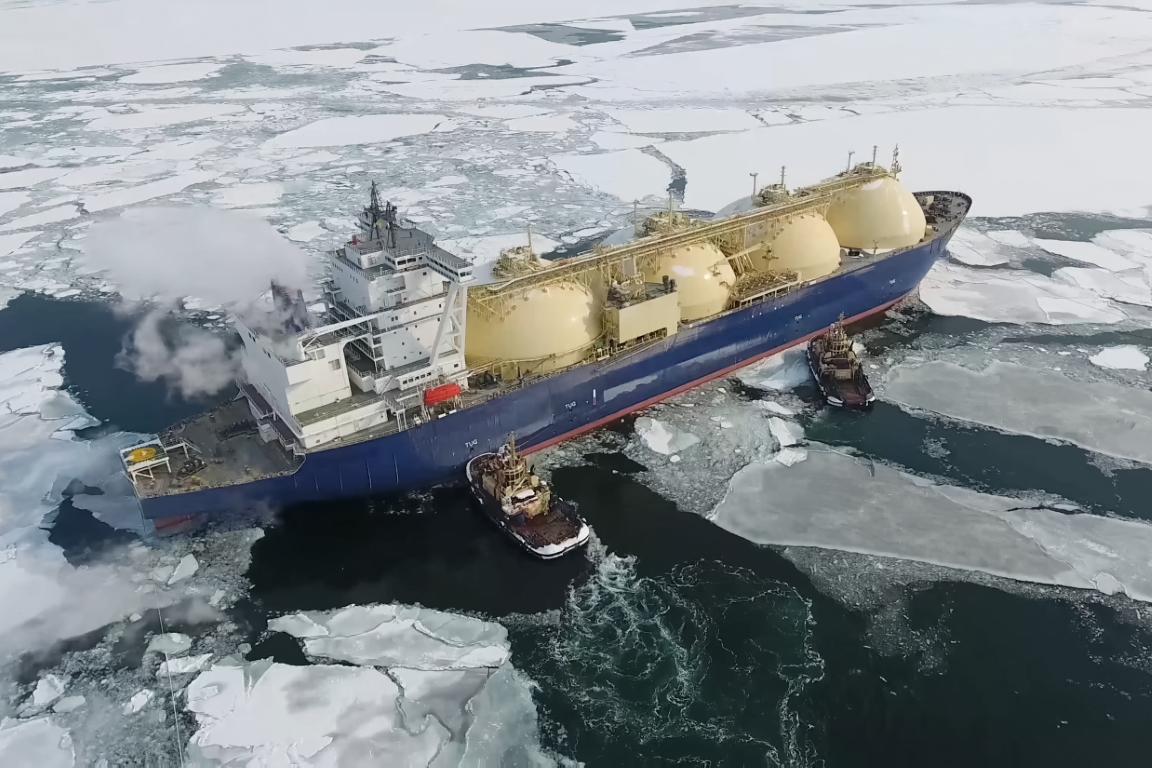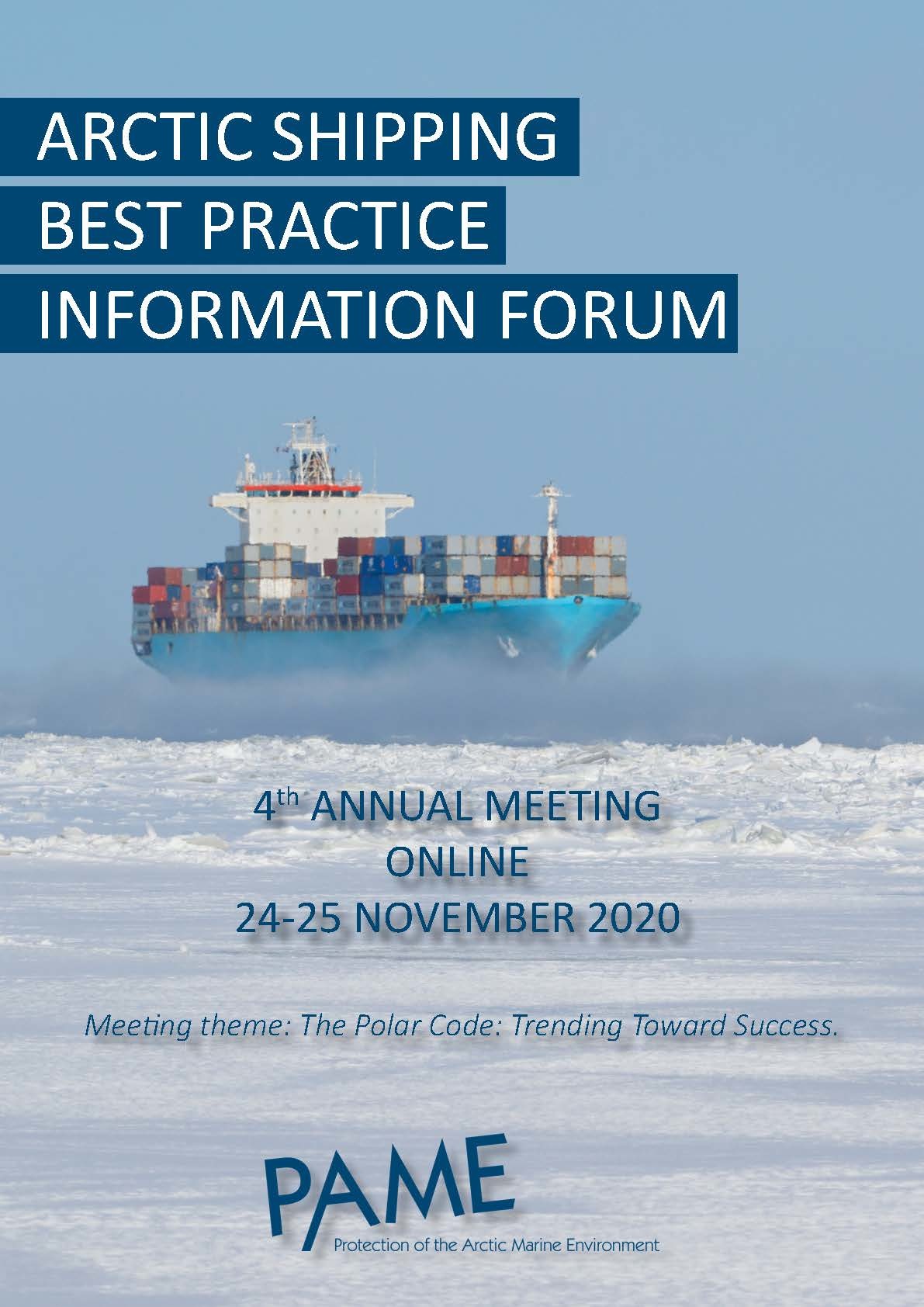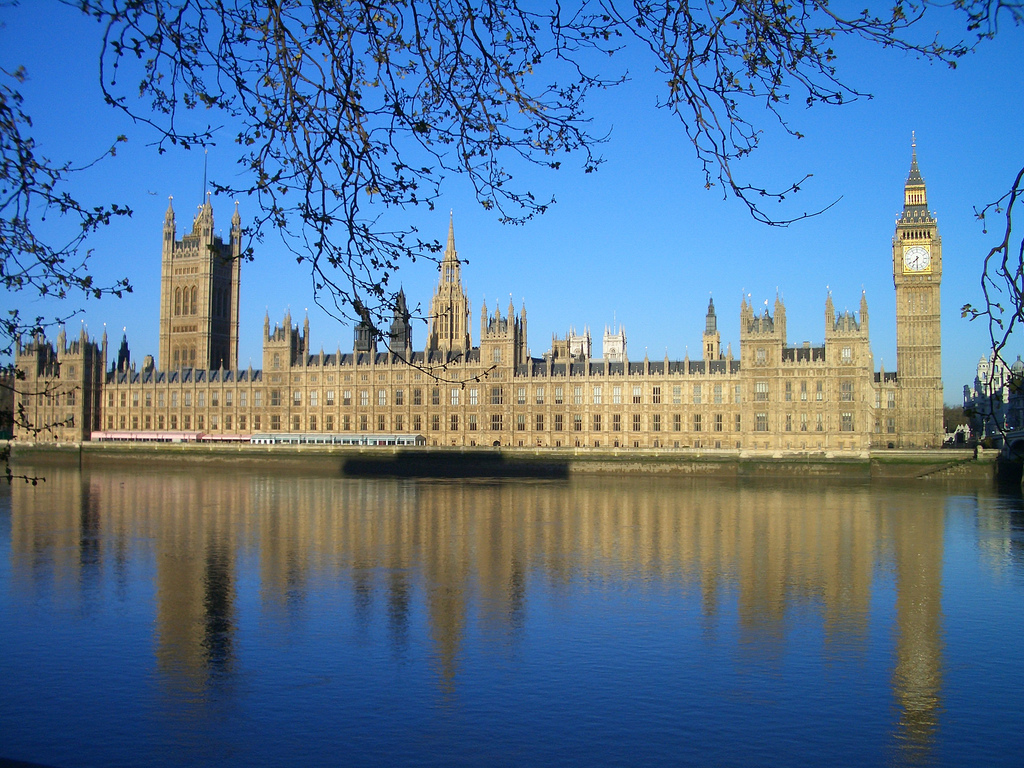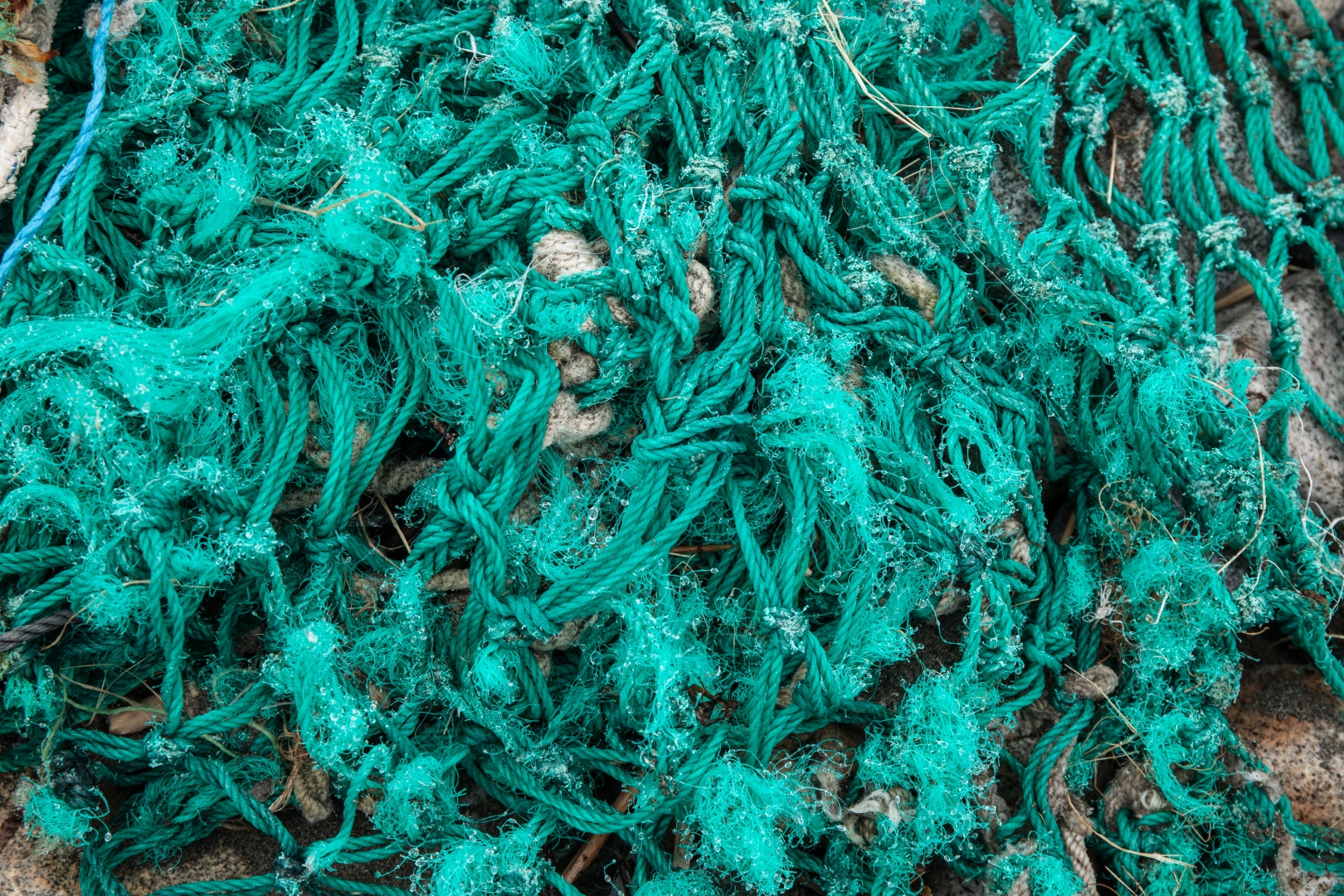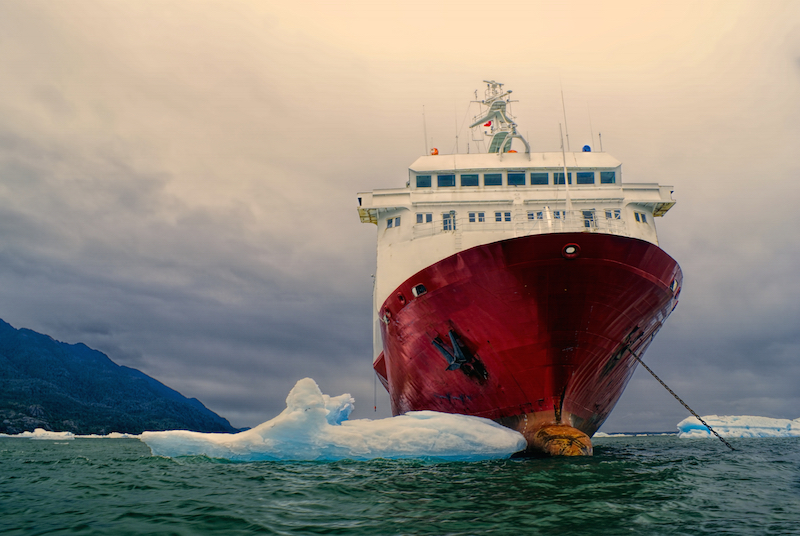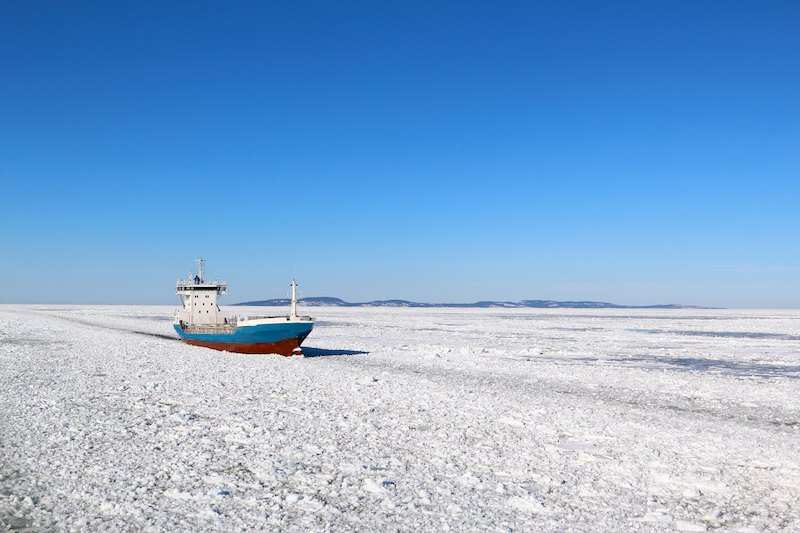PART IIB: Full Polar Code text
Additional guidance to chapter 1
- 1.1 Ships are encouraged to apply regulation 43 of MARPOL Annex I when operating in Arctic waters.
- 1.2 Non-toxic biodegradable lubricants or water-based systems should be considered in lubricated components located outside the underwater hull with direct seawater interfaces, like shaft seals and slewing seals.
Additional guidance to chapter 2Category A and B ships, constructed on or after 1 January 2017 and certified to carry noxious liquid substances (NLS), are encouraged to carry NLS identified in chapter 17, column e, as ship type 3 or identified as NLS in chapter 18 of the International Code for the Construction and Equipment of Ships Carrying Dangerous Chemicals in Bulk, in tanks separated from the outer shell by a distance of not less than 760 mm.
Additional guidance to chapter 5 In order to minimize the risks associated with animal cargo mortalities, consideration should be given to how animal carcasses will be managed, treated, and stored on board when ships carrying such cargo are operating in polar waters. Reference is made in particular to the 2012 Guidelines for the implementation of MARPOL Annex V (resolution MEPC.219(63), as amended by resolution MEPC.239(65)) and the 2012 Guidelines for the development of garbage management plans (resolution MEPC.220(63)).
Additional guidance under other environmental conventions and guidelines
- 4.1 Until the International Convention for the Control and Management of Ships' Ballast Water and Sediments enters into force, the ballast water management provisions of the ballast water exchange standard, set out in regulation D-1, or the ballast water performance standard, set out in regulation D-2 of the Convention should be considered as appropriate. The provisions of the Guidelines for ballast water exchange in the Antarctic treaty area (resolution MEPC.163(56)) should be taken into consideration along with other relevant guidelines developed by the Organization.
- 4.2 In selecting the ballast water management system, attention should be paid to limiting conditions specified in the appendix of the Type Approval Certificate and the temperature under which the system has been tested, in order to ensure its suitability and effectiveness in polar waters.
- 4.3 In order to minimize the risk of invasive aquatic species transfers via biofouling, measures should be considered to minimize the risk of more rapid degradation of anti-fouling coatings associated with polar ice operations. Reference is made in particular to the 2011 Guidelines for the control and management of ships' biofouling to minimize the transfer of invasive aquatic species (resolution MEPC.207(62)).
Table:
Example of matters related to anti-fouling systems taken into consideration by some ice-going ships (this table is used by some operators of ice-going ships)
| |
Hull |
Sea chest |
Year round operation in ice-covered polar waters
|
|
- Abrasion resistant coating.
- Compliant with the AFS Convention. Thickness of anti-fouling system to be decided by shipowner.
|
| Intermittent operation in ice-covered polar waters |
- Abrasion resistant low friction ice coating.
- In sides, above bilge keel, max thickness of anti-fouling system 75 µm, to protect hull between application of anti-fouling system and next anticipated voyage to ice-covered waters. In bottom area thickness to be decided by shipowner. Composition of anti-fouling system should also be decided by the shipowner.
|
Compliant with the AFS Convention. Thickness of anti-fouling system to be decided by shipowner. |
| Category B and C vessels |
Compliant with the AFS Convention. Thickness of antifouling system to be decided by shipowner. |
Compliant with the AFS Convention. Thickness of anti-fouling system to be decided by shipowner. |
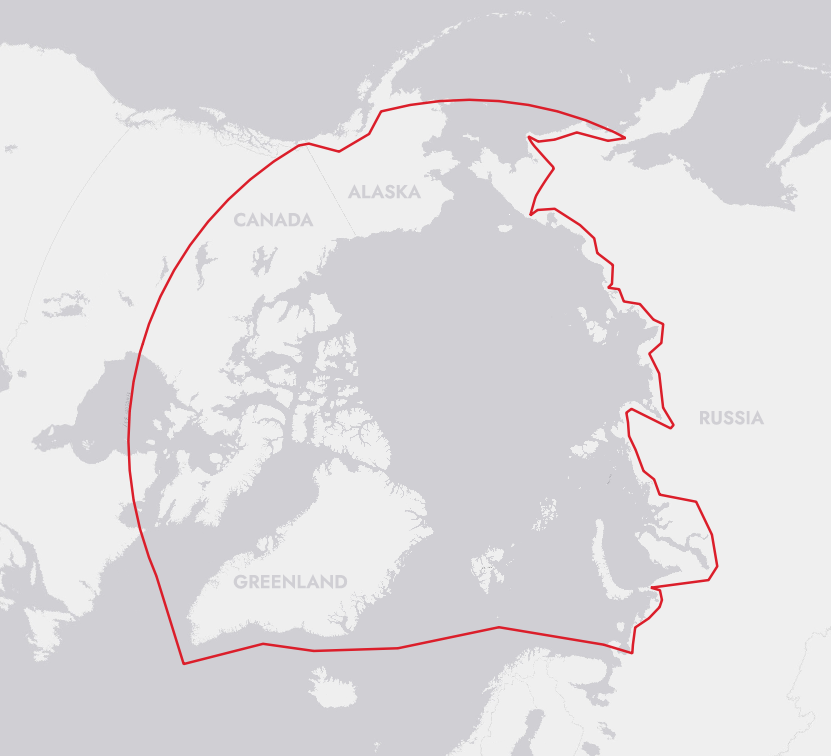 This site contains information and graphics on trends in Arctic shipping, from 2013 to 2023.
This site contains information and graphics on trends in Arctic shipping, from 2013 to 2023.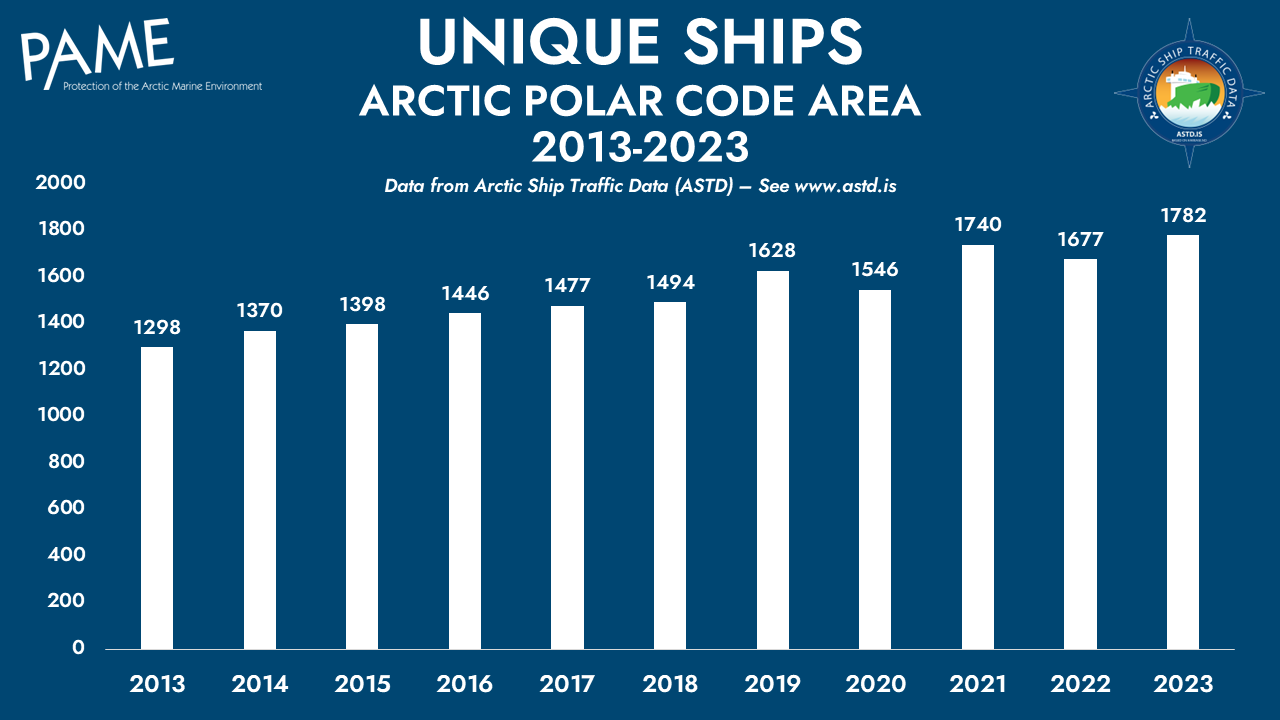
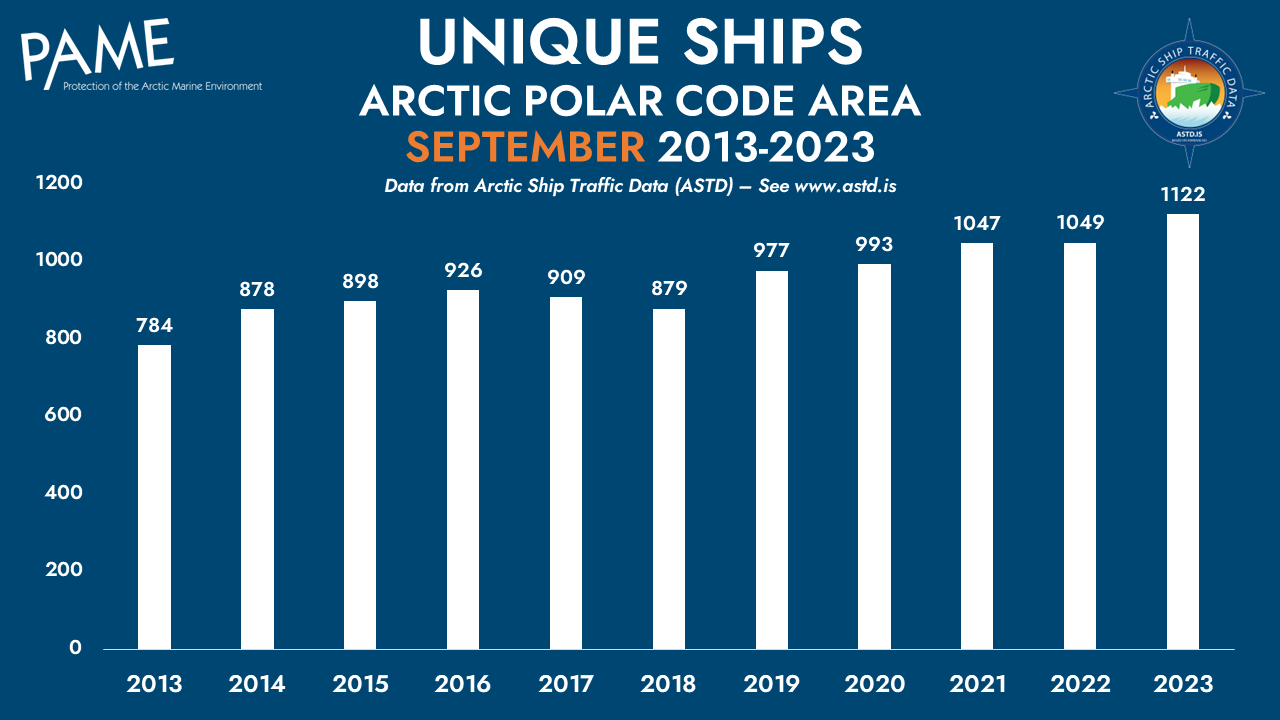
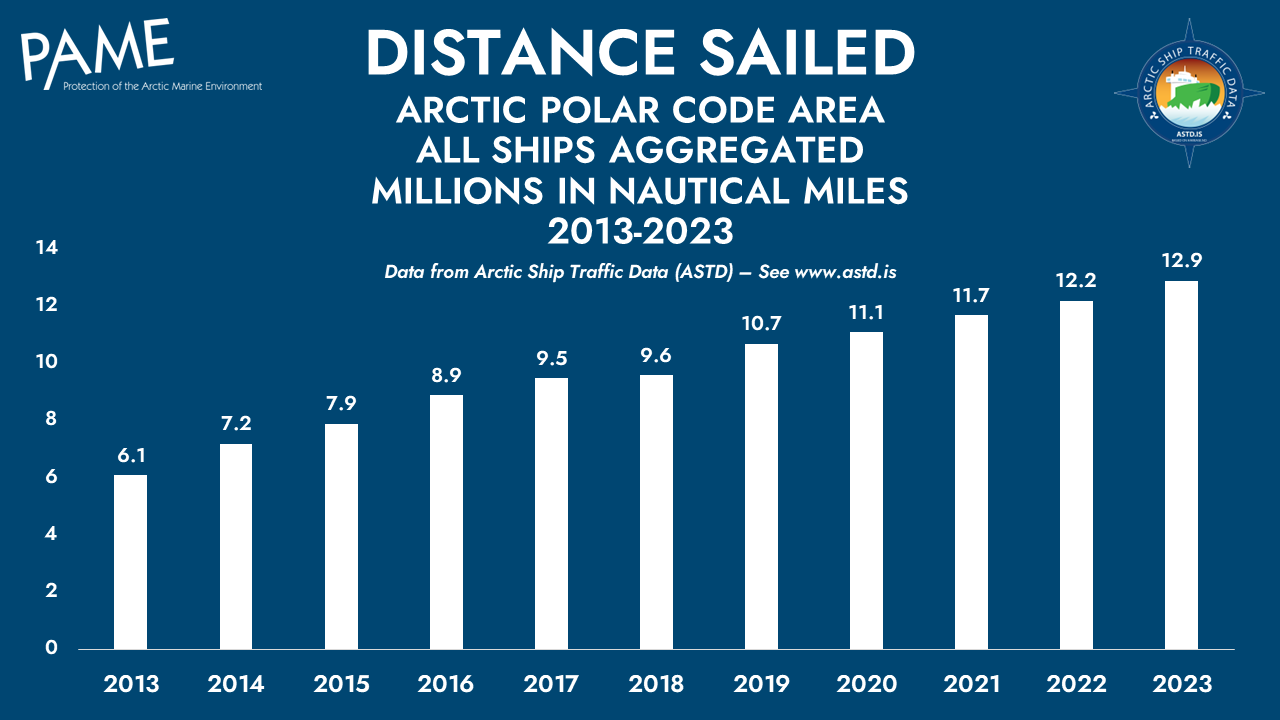
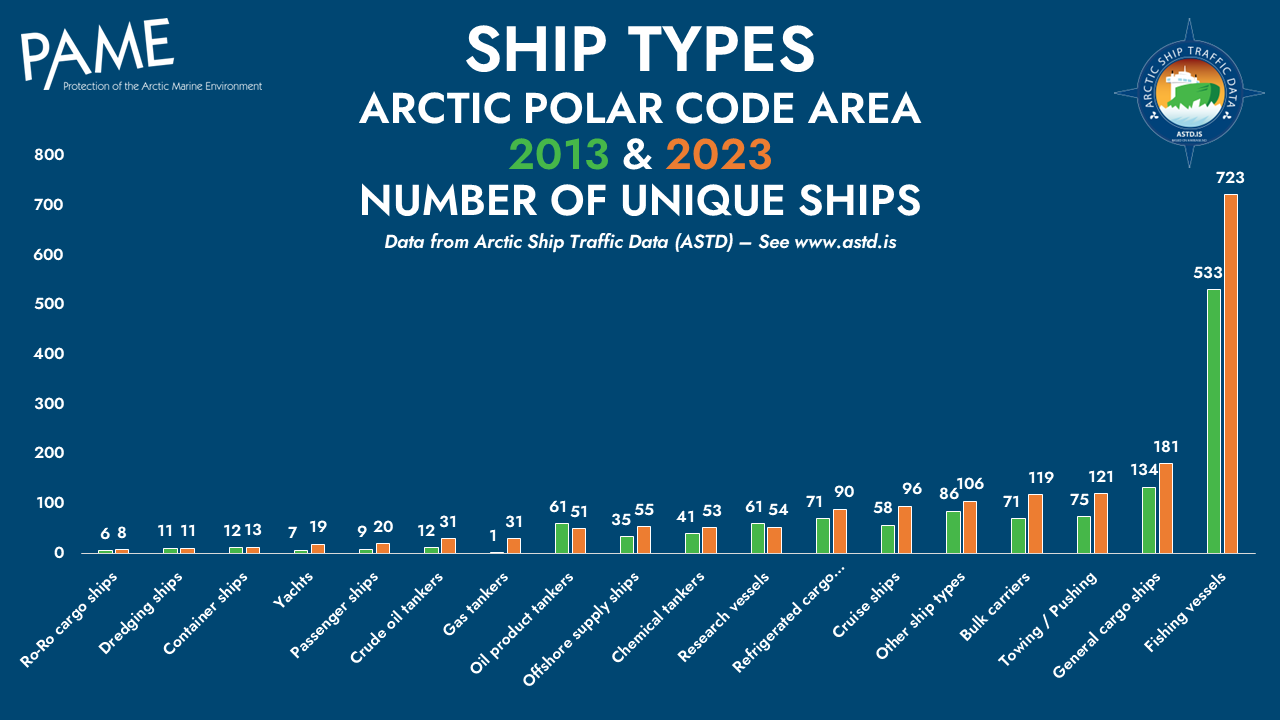
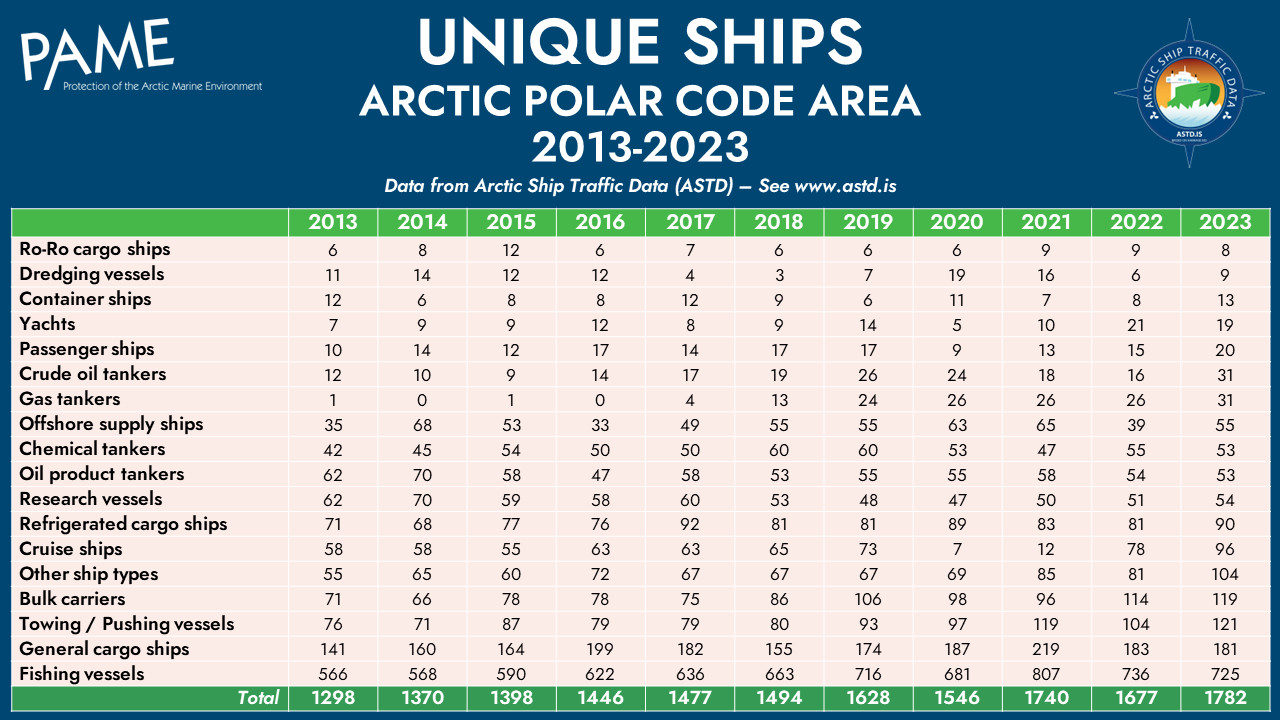




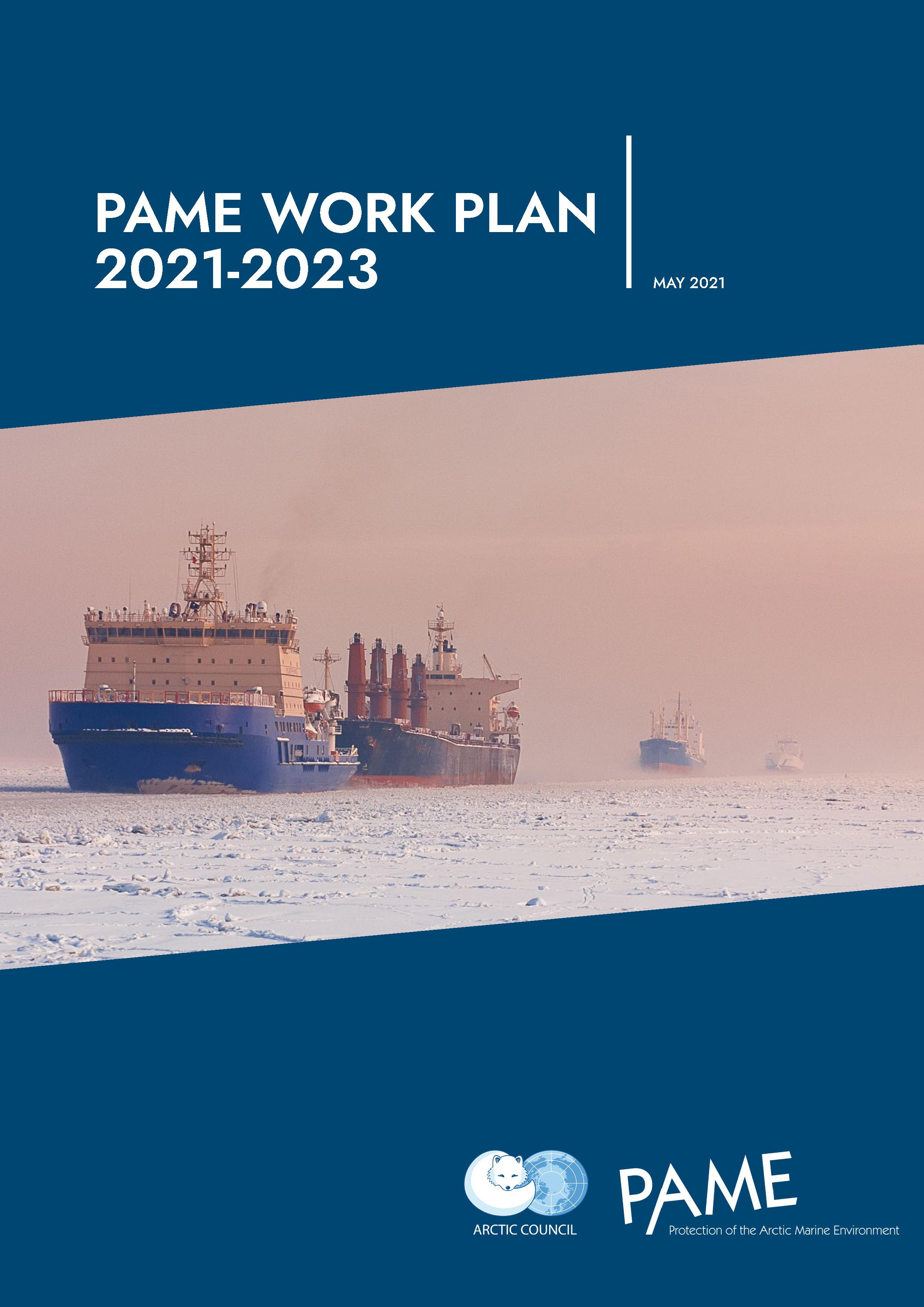
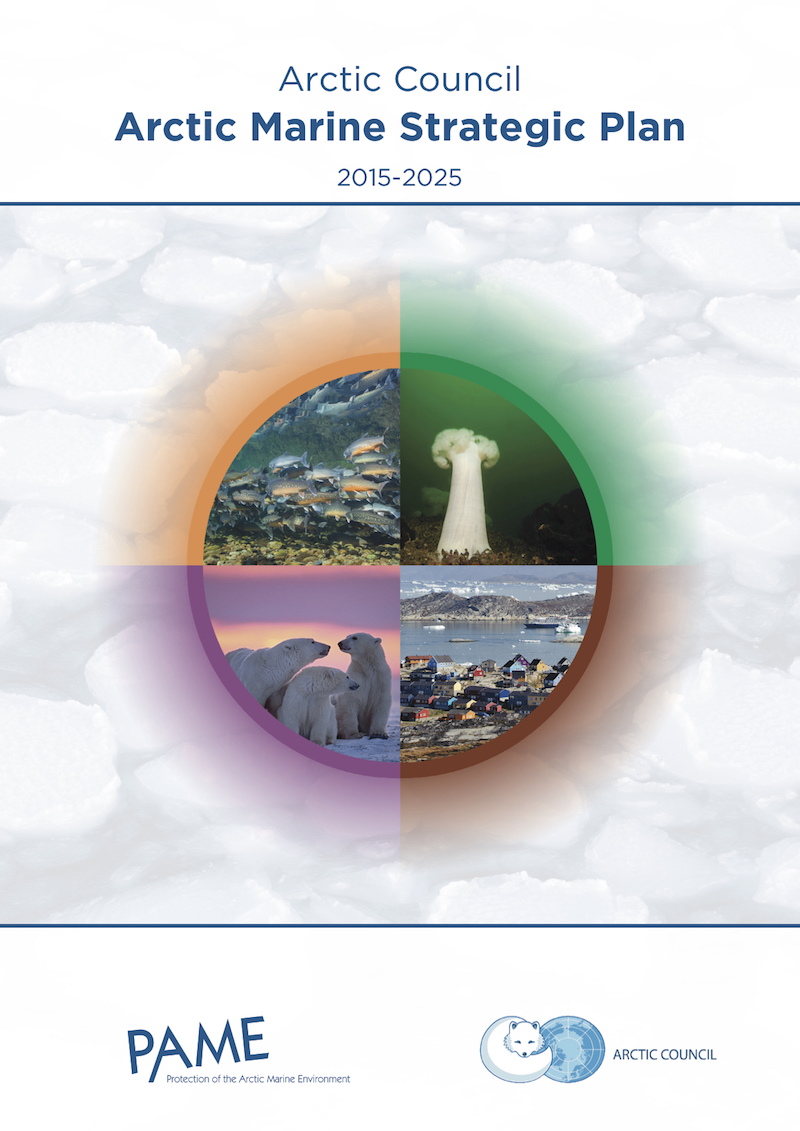







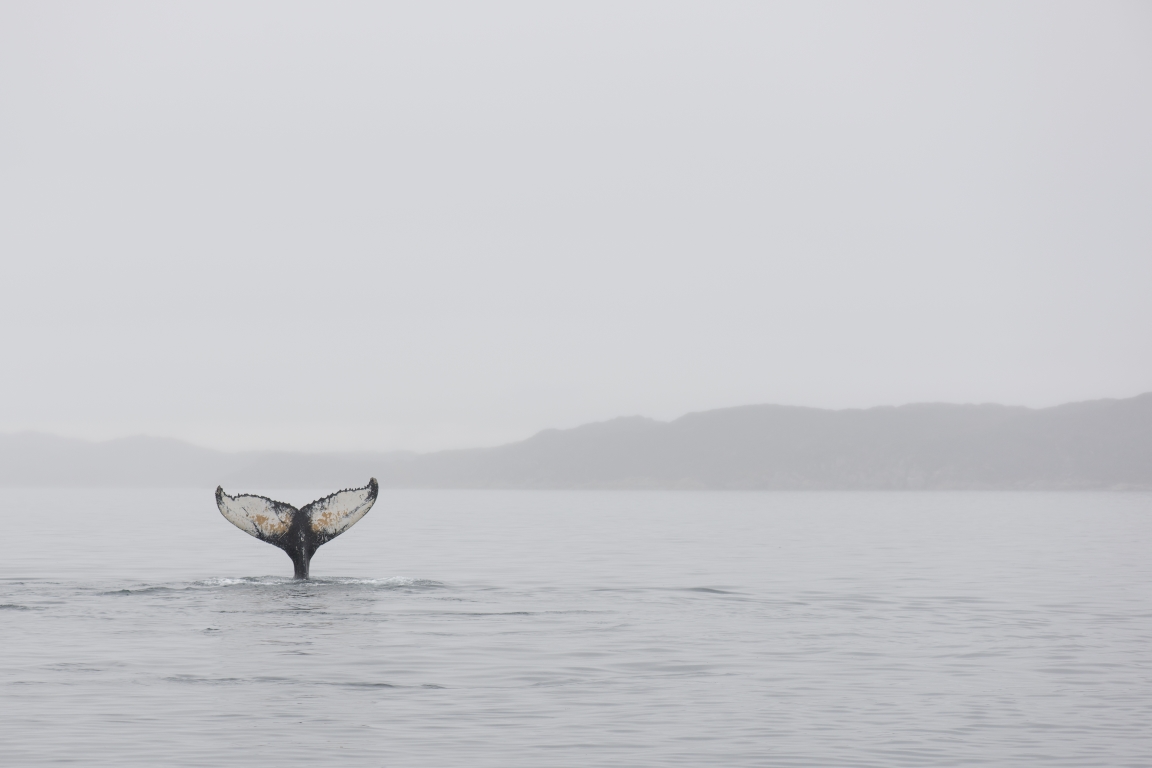
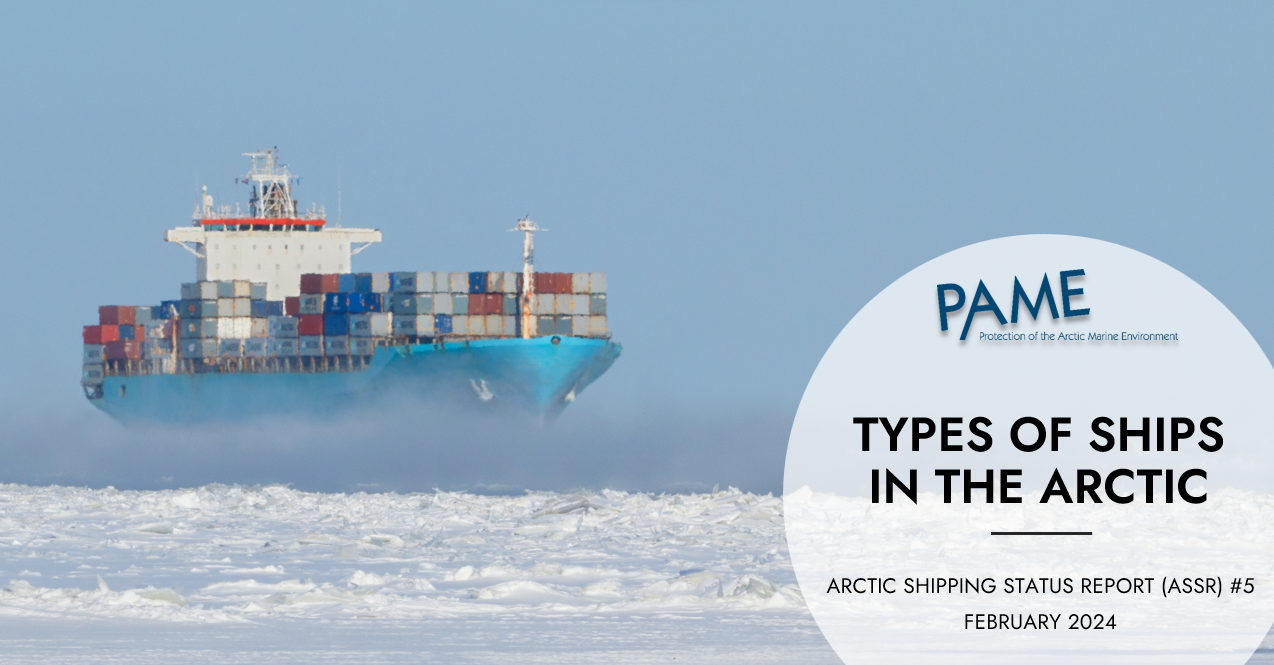
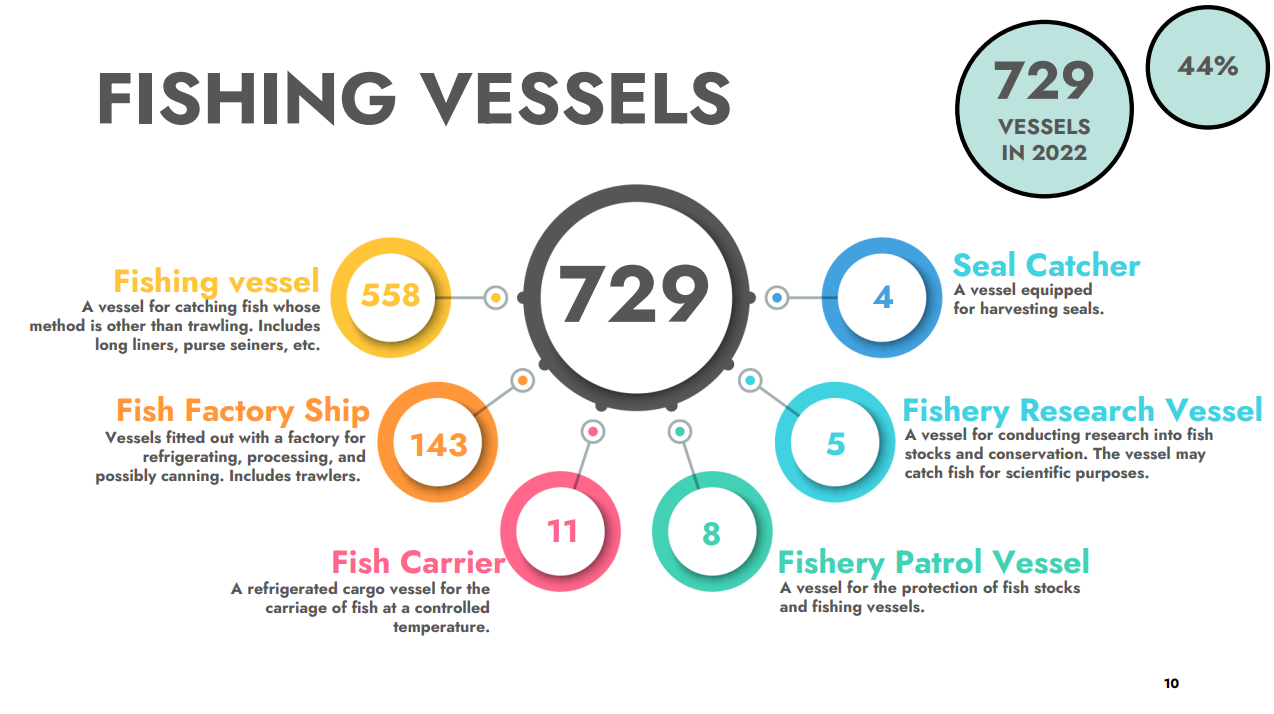
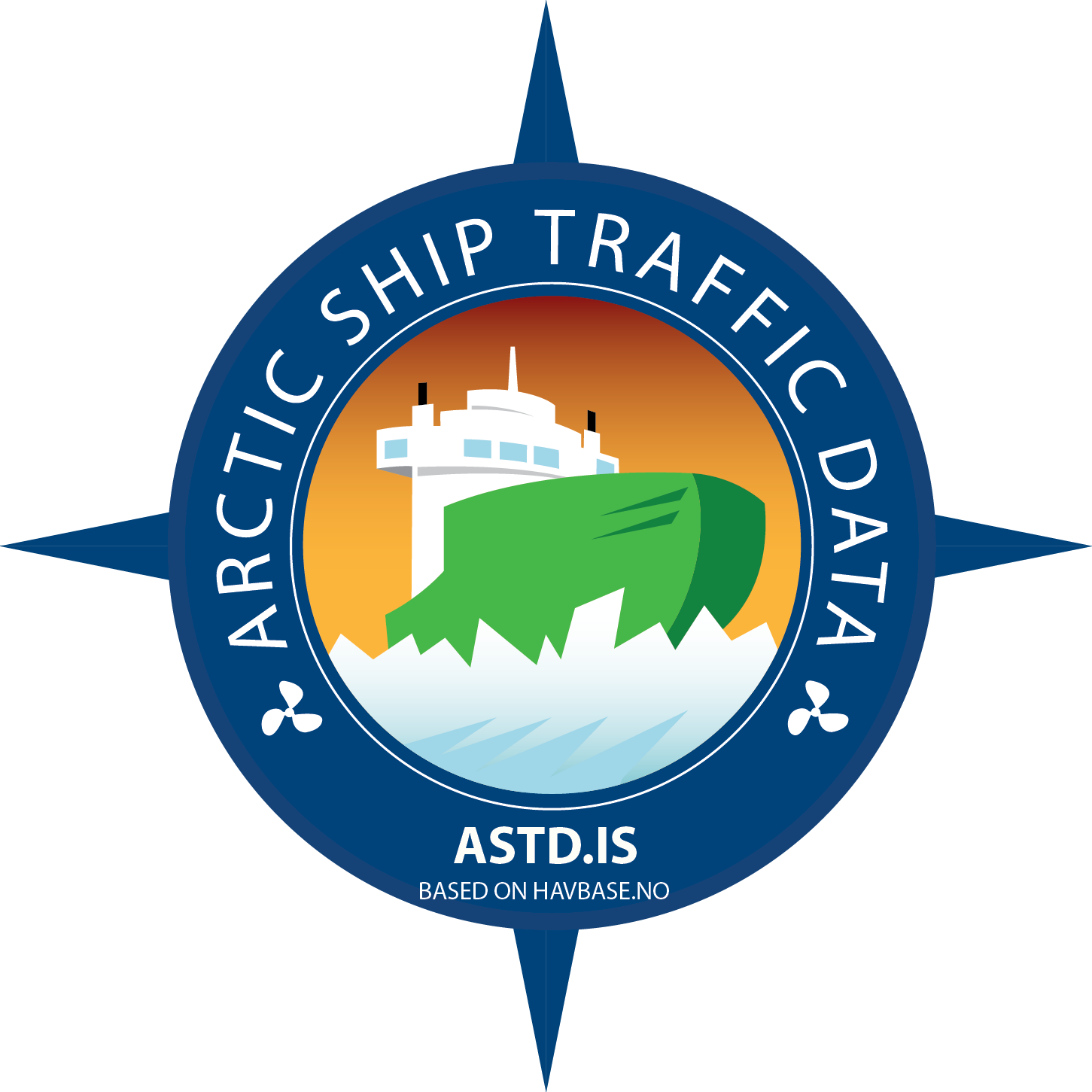
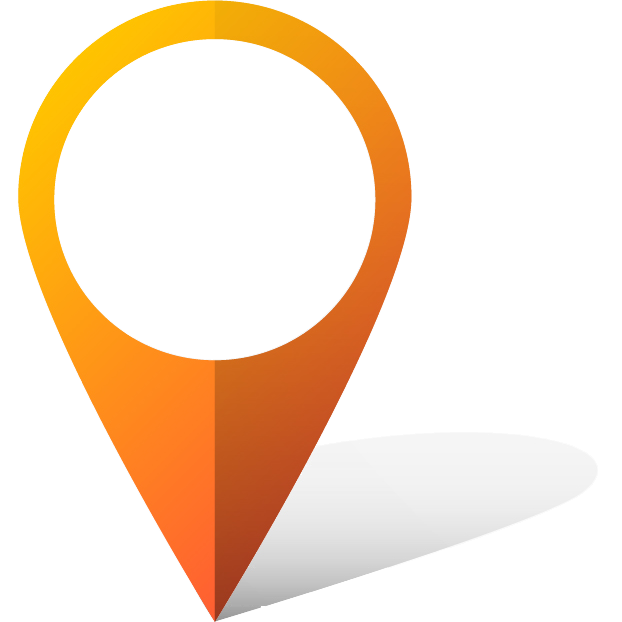
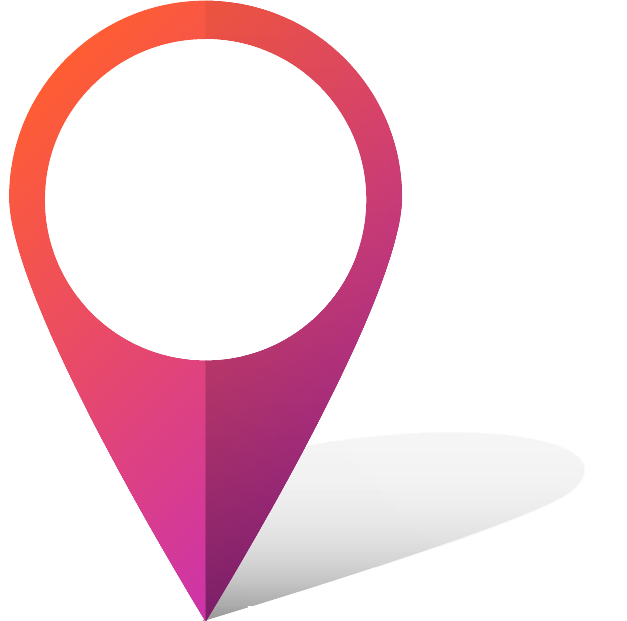
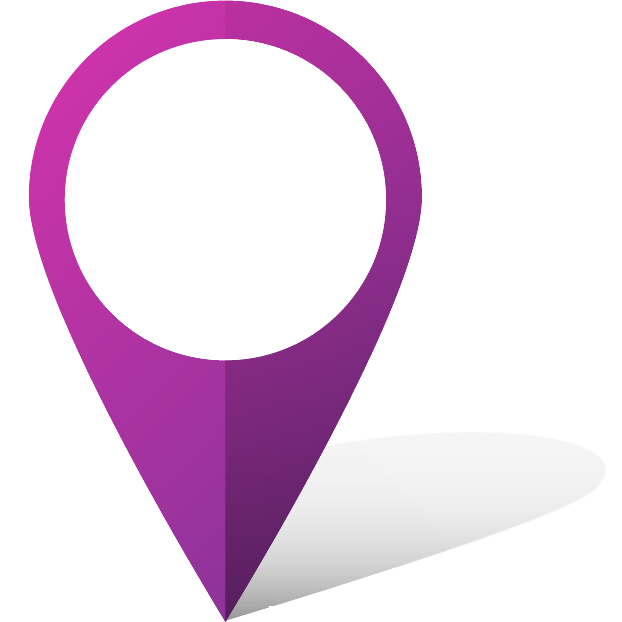
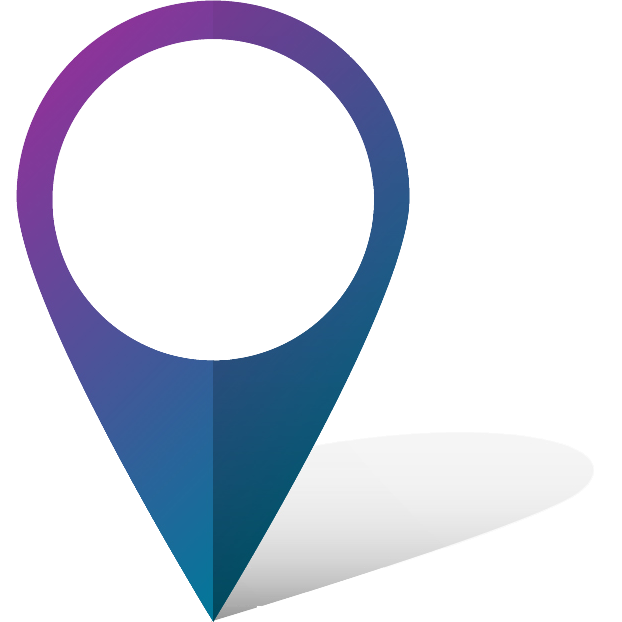

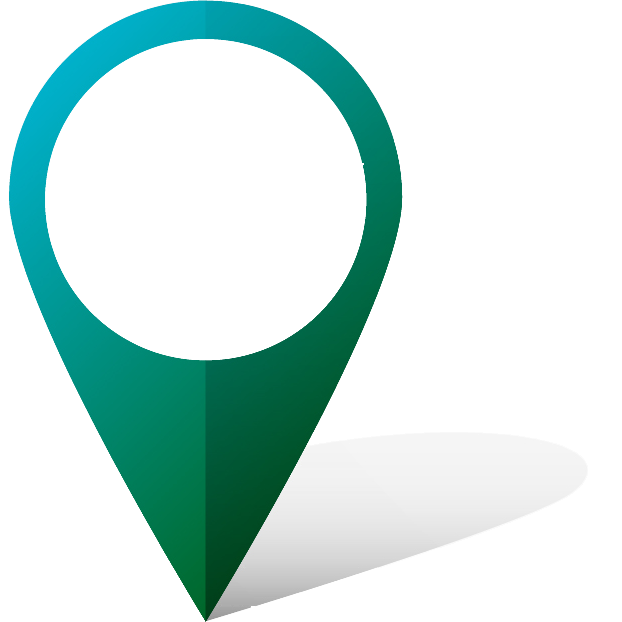
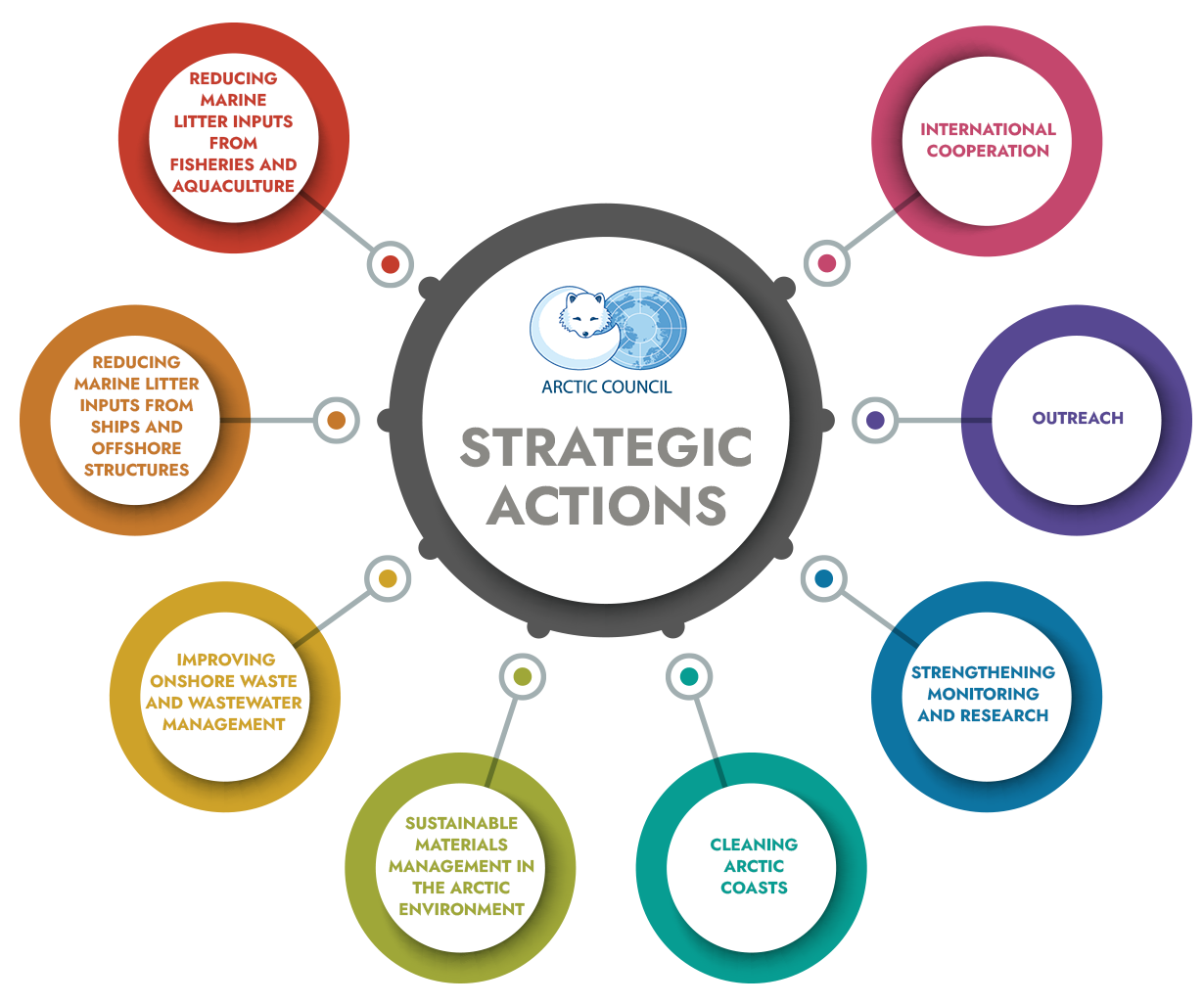


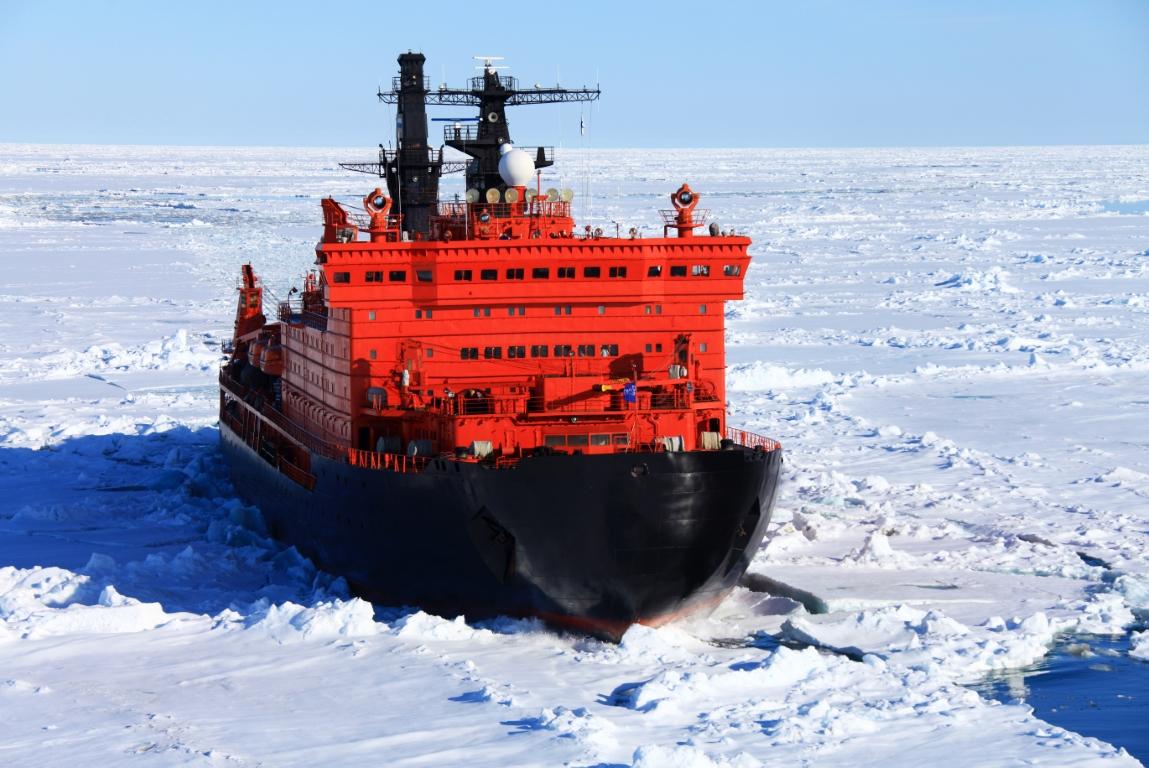
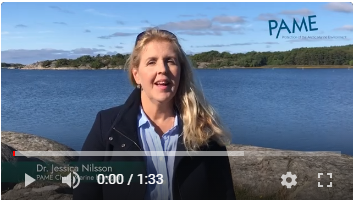
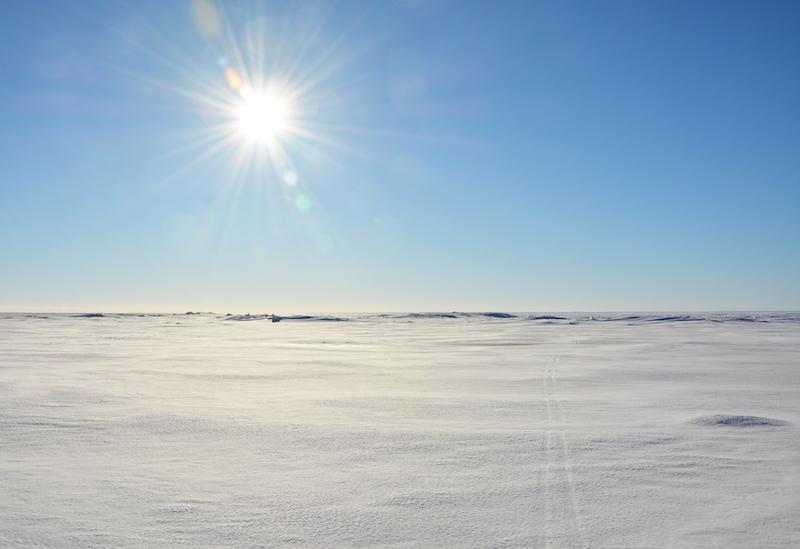
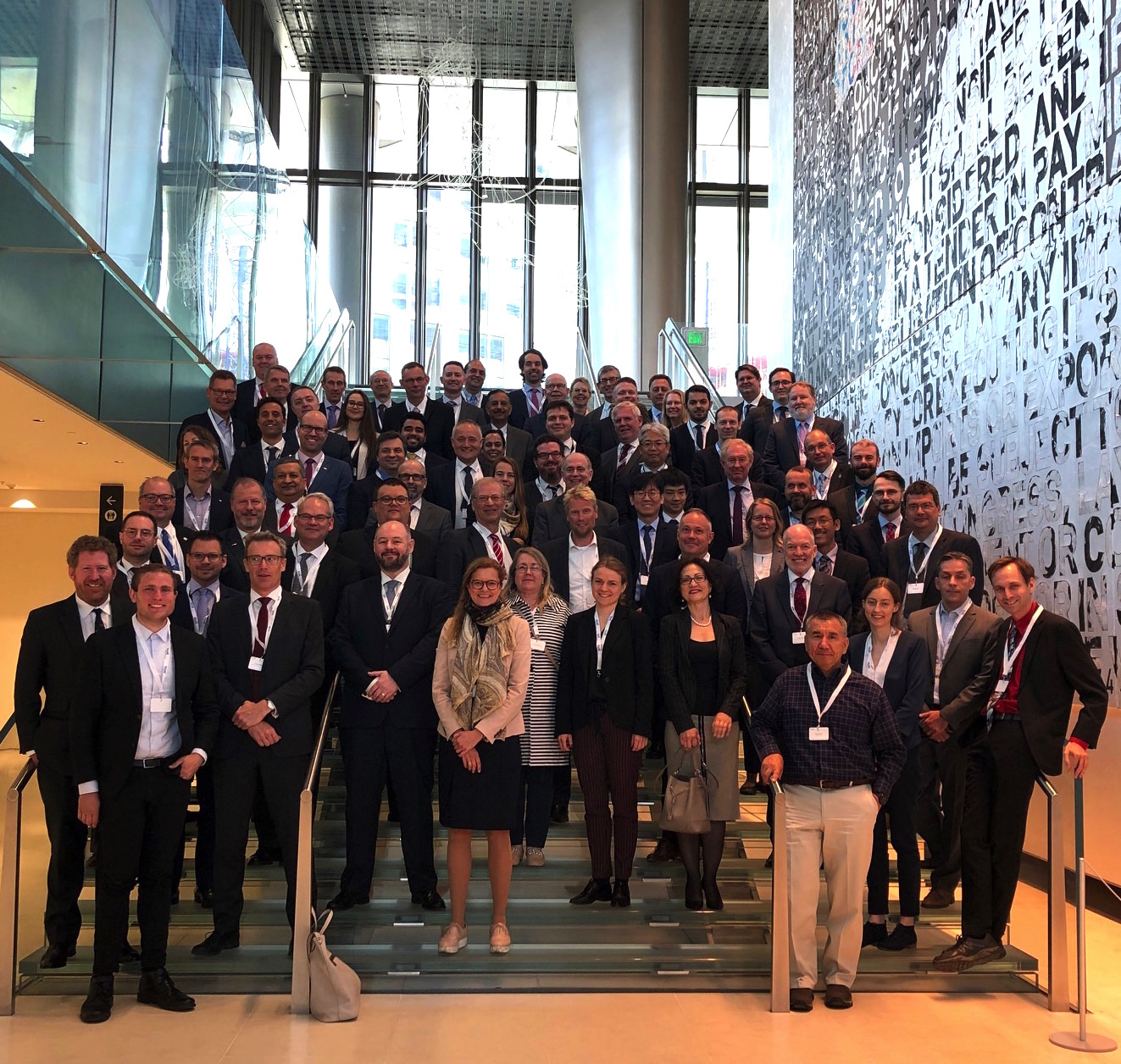 The third meeting of the Arctic Council's Arctic Shipping Best Practice Information Forum took place on June 3-4 2019 at the Embassy of the United States, London.
The third meeting of the Arctic Council's Arctic Shipping Best Practice Information Forum took place on June 3-4 2019 at the Embassy of the United States, London.